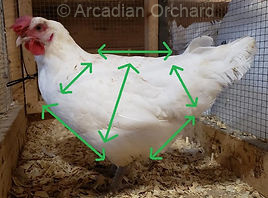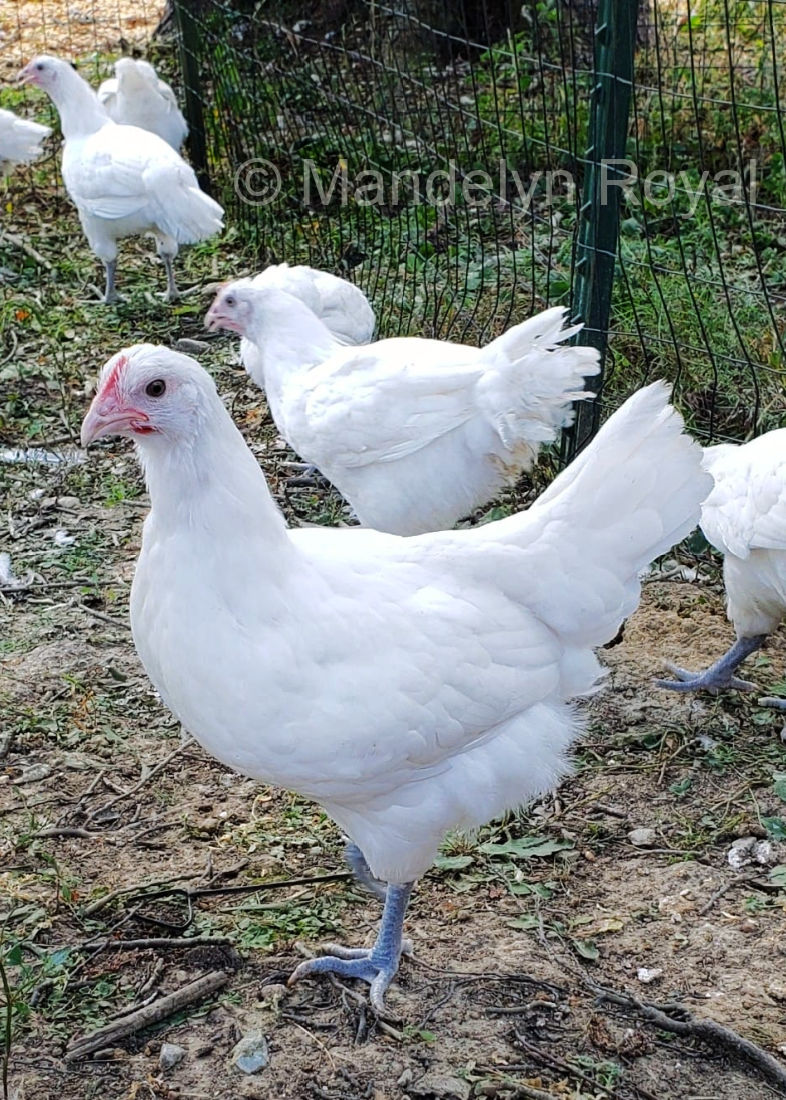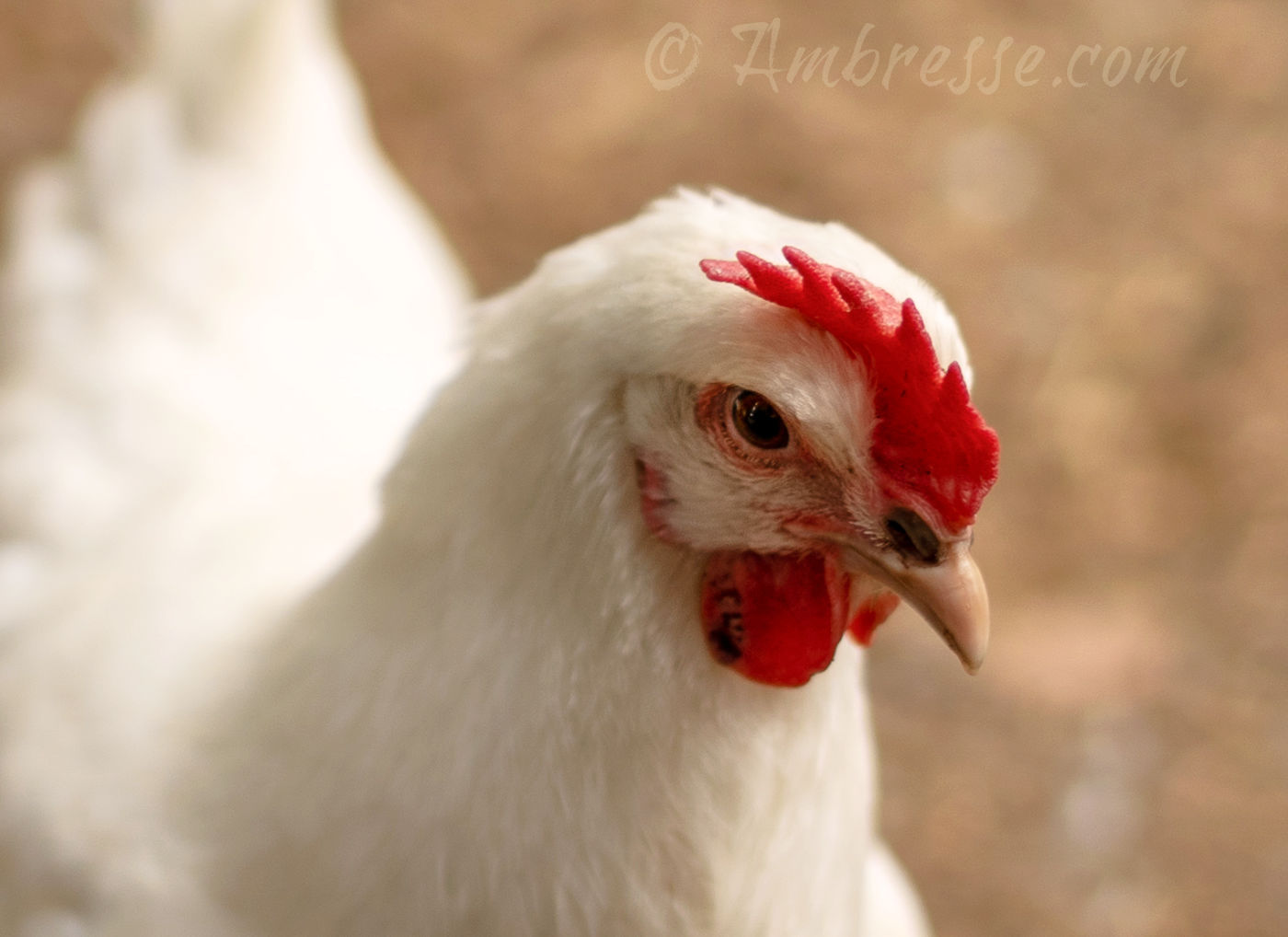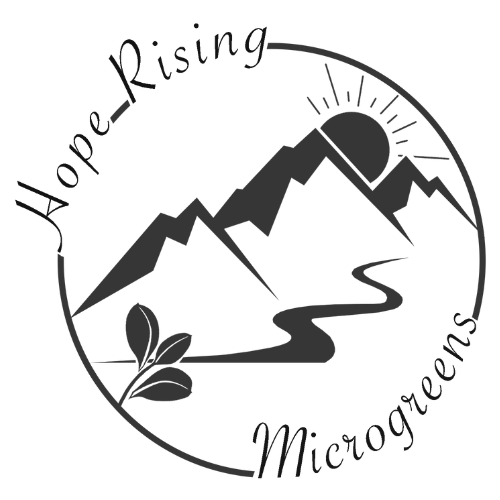American Bresse Breed Club
This page serves as the temporary HOME of the American Bresse Breed Club.
A lot has happened in the world of the American Bresse Chicken! Selective breeding has been happening. Flock quality and understanding of the genetics underpinning the American Bresse breed is broadening. Education on many topics relating to the American Bresse breed has been taking place, both on YouTube, on Facebook, and elsewhere, including the Ambresse website.
Breeders are dedicated to the breed and interest among chicken tenders is higher than ever. In regards to putting together a national American Bresse Breed Club however, an initial launch date is still a ways down the road.
A Club website was established (https://www.americanbressebreedclub.org/) and then put on ice in early 2024, because maintaining a website without an active club seemed to be an early move unjustified by the fairly steep costs.
But don't worry, the breed club won't be going anywhere. The Ambresse website will host the Club information for now, and when the time is right, the official club website will be reactivated when the Club itself is launched.
Feel free to bookmark this page - this is where we will post (or link to) Club information, the updated draft standard of perfection (which will be downloadable), and any other news or notices regarding the American Bresse Breed Club.

The American Bresse Breed
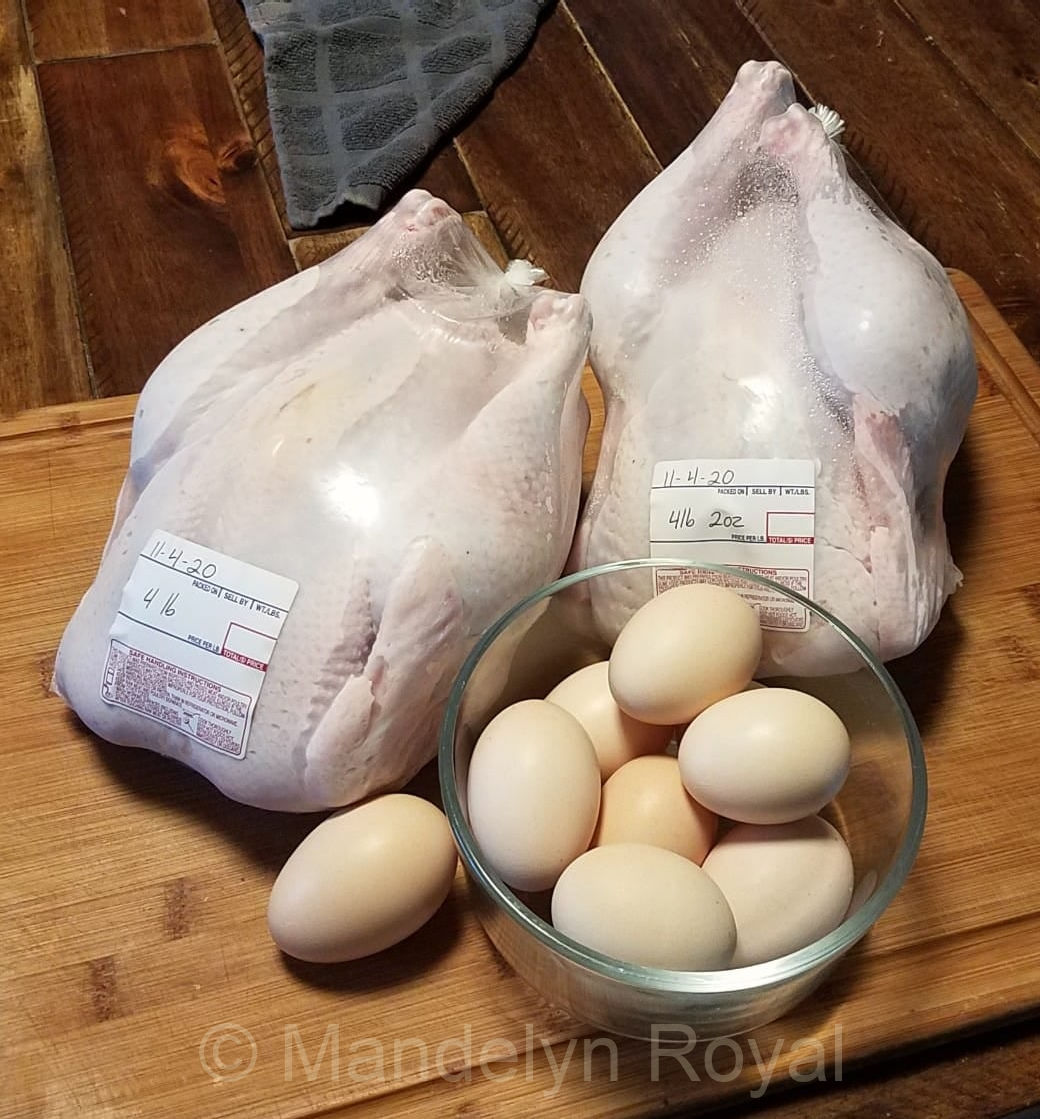
The American Bresse are newly arrived to the United States from Europe, first arriving in 2011 through an import from Greenfire Farms. There were two additional imports of the White variety, the last in 2017.
The 3 imported lines are different from each other in their structure and growth, which means that there will be a lot of breeding work to be done in bringing them into being a consistent bird from one flock to another.
They are renowned for their flavor, texture and egg laying ability. The American Bresse is a sustainable option since not only will they lay and taste great, they can also be hatched on the homestead, completing the flock cycle from egg to table.
It is the mission of the American Bresse Breed Club to bring together a robust network of breeders and growers, working together to improve the type and structure of the US flock. This will be done through outreach and education, with a focus on working them into consistent type for recognition in the American Poultry Association.
This project and process will take several years to accomplish and is meant to improve the breed, while keeping them true to purpose and function. They truly are a great dual purpose and sustainable option, so long as their breeding has kept them true to form. They thrive off of pasture rearing, can handle many different climates and it's possible to build a flock of more, right on the farm.
History of the Bresse
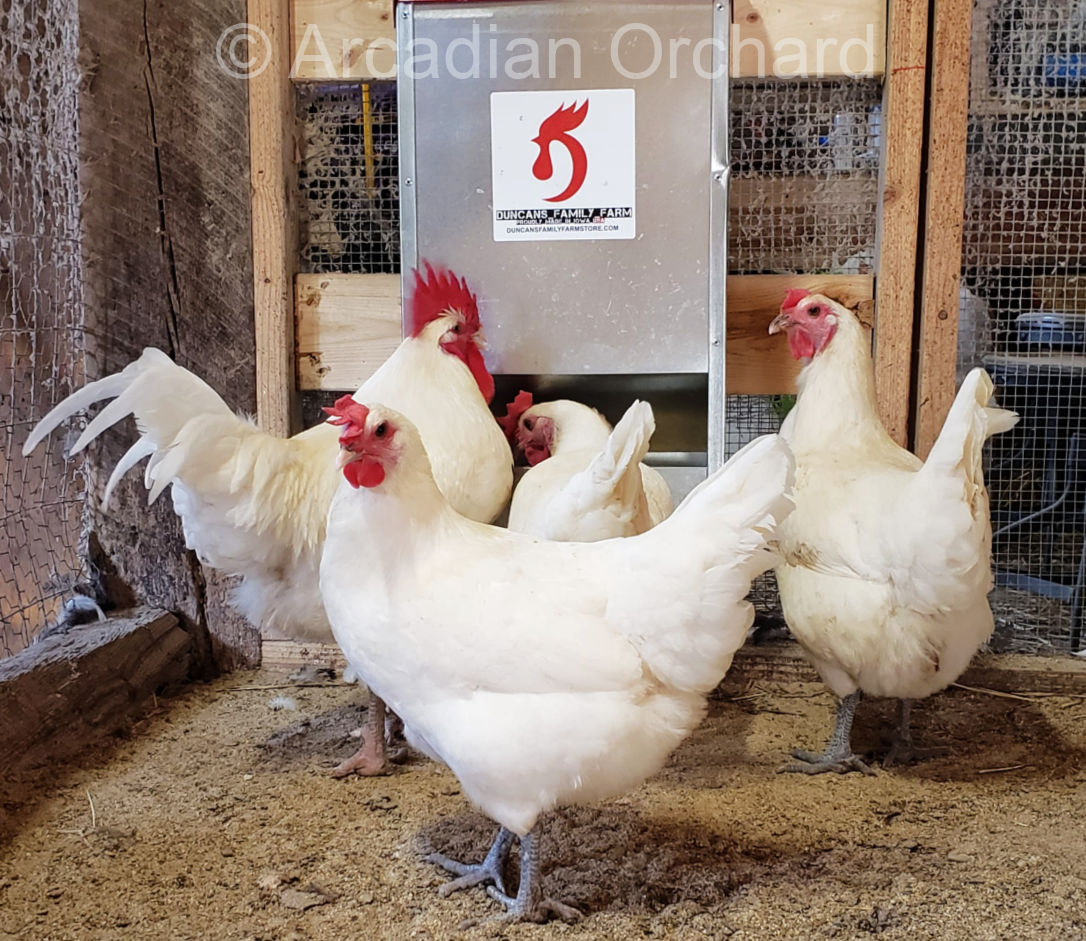
Over 400 years ago these birds got their start in the Bresse region of Eastern France. White Bresse de Bény chickens and capons raised in the area of Bresse have appellation d'origine contrôlée status and are marketed as poulet de Bresse. They are regarded as a premium product and command higher prices than other chickens.
Outside of the Bresse region, the variety is called Gauloise throughout Europe. Upon their arrival in the US, Greenfire Farms labeled them as American Bresse, since it is common form for US varieties to be named for their region of origin. They cannot be known as "just" Bresse with their legal protections, so American was added ahead of their origin.
Around 1900, the variety had a sharp decline and was almost lost. A small group of breeders got them going again and a new standard was adopted in 1904. They first gained legal protection on December 22nd, 1936 and this became an appellation d'origine contrôlée (AOC) in 1957 for the birds in the Bresse region.
What makes the American Bresse or the Bresse of France so special? It is their rich flavor, their thin skin, their ability to layer on quality fat through specialized finishing methods and the amount of flesh they have on their breast and thighs. Not to mention their laying ability of white to beige colored eggs, which can rival the production of many other breeds known for laying. They are excellent foragers which helps both meat and egg flavor.
Honestly, no one can confirm if the American Bresse are actually from the production flocks of Bresse, France. It's highly unlikely due to their protected status so what we likely have is White Gauloise from other regions. I have heard mention of one of the imports coming from Germany but I have not been able to confirm it.
It has been our personal experience that they do indeed have thin skin, rich flavor, incredible fat development (It melts like butter! The best broth!) and we see an average of 4lb-4.5lb dressed, fleshy carcasses in 16 weeks time. Since these birds are not hybrids and they are purebred, they will breed more of the same the following season and every season after that, with selective breeding to keep them as they should be.
The American Bresse has a very short history at this time, since they have not been in the US very long. It takes every bit of a decade to develop a flock into consistent type, to the point of being its own bloodline. Careful selection of breeding stock will matter in the development and continuation of the American Bresse, in order to keep their future strong and bright.
There are differences in how the birds in Europe look; the production flocks in Bresse are not bred to the more show-type look of the standard bred Gauloise. The body structure is slightly different and there are variations to tails, eye color, how white the earlobes may or may not be and other discrepancies, based on their breeding.
We see those same variations in the US flock, some are much larger than others, some have white earlobes and some don't. Through the adoption of a US breed standard, we can better bring them into a more uniform flock.
Feedback to the American Bresse Breed Club
The Club received a lot of feedback on the proposed US standard of perfection.
One of the key points is increasing the size of the breed. In Europe, they are known as a single serving or 2 person dinner bird, for a special and intimate dining experience. In the US, a larger bird that could serve 3-4 people is desired, to better meet the needs of a family.
The European
standard weight calls for Cock birds to be 5.5–6.6 lb. (2.5–3 kg); hens at
4.4–5.5 lb. (2–2.5 kg). In the US, we will be aiming for an additional 2 pounds onto each gender. Some flocks already exceed that, with some reports of 13 pound cock birds once mature, after the 1 year age mark.
As with any poultry variety, there will always be variations between the various flocks. With a breed standard in place, that will serve as a guide to the Standard Bred flocks, versus the meatier and more production geared flocks of meat birds. Balance is the goal in the standard, so that they do not get so large as to reduce laying ability.
With larger bodies to grow, it can lead to a longer wait for pullets to begin laying and may also reduce the number of eggs they may lay within a season. There may also be a shift in how quickly they gain fleshing, if their breeding shifts into growing first the bone structure (think of a Heritage type Turkey, growing bones first and meat later) and so a tall bird would not be ideal because of the growth towards height rather than fleshing. This is where the selection of breeding stock will matter most, to guide them into their future generations.
In their 400+ year history,
there was ample time to "breed them up" in size and that wasn't done
during that time. We must have balance to their size, so that we do not lose
what they are known for.
The American Bresse Breed Club Wants YOUR Feedback
It's easy: Just fill out the form and hit the 'submit' button! Your feedback will go to the Club and will be added to the voices of other breeders.
Please feel free to peruse the rest of the Ambresse website for additional reading on American Bresse chickens! More information will be added to the website over time.
Any questions??
Reach Mandelyn Royal via email at arcadianorchard @ gmail. com, or through Facebook: https://www.facebook.com/arcadianorchard/.
Read Mandelyn Royal's Bio Page.
Reach Karen and the Ambresse website through the contact us form, via email (info @ ambresse. com), or via Facebook: https://www.facebook.com/AmBresseAcres
- Home
- American Bresse Chickens
- American Bresse Breed Club
Temporary official page for the American Bresse Breed Club, managed by Mandelyn Royal.
Overheard...
Tasty Recipe! "I processed my first batch of Bresse... Today I roasted one according (somewhat) to the recipe posted on Ambresse. It was delicious! Tender, moist and succulent... So happy I chose this breed!" (B.E., MN, 12/11/2024).
Success: "I can't believe all the inquiries we get through your website. And it's been a great resource to send people to who are interested in the (AB) breed" (Utangard Farm, NH, 5/5/2025).
Informational: "Your site has the first accurate information about American Bresse chickens that I have seen in English. Thanks for your diligent work" (L. Wooton, NC, 12/17/2024).
Translate This Page
Traduire Cette Page
Traduzca Esta Pagina

News
American Bresse Breed Club web pages can be found under the Breed Club tab on the navigation bar. Any changes in Club status will be posted here!
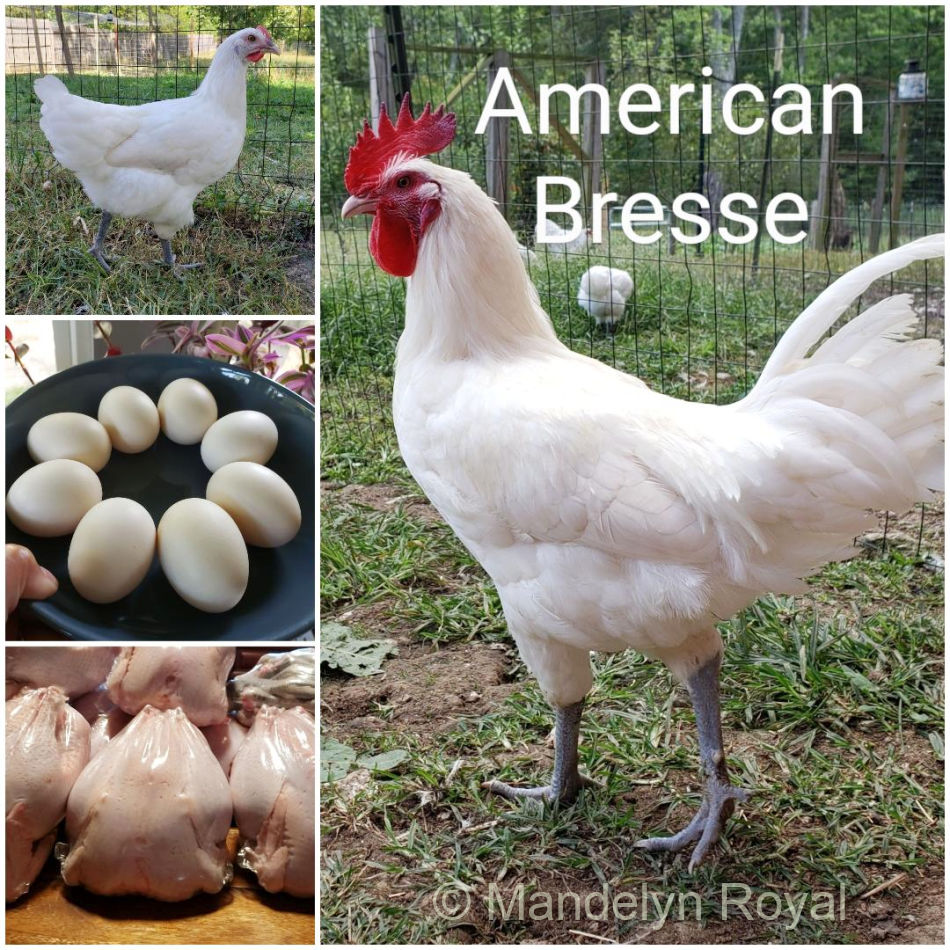
Photo credit: Mandelyn Royal.
